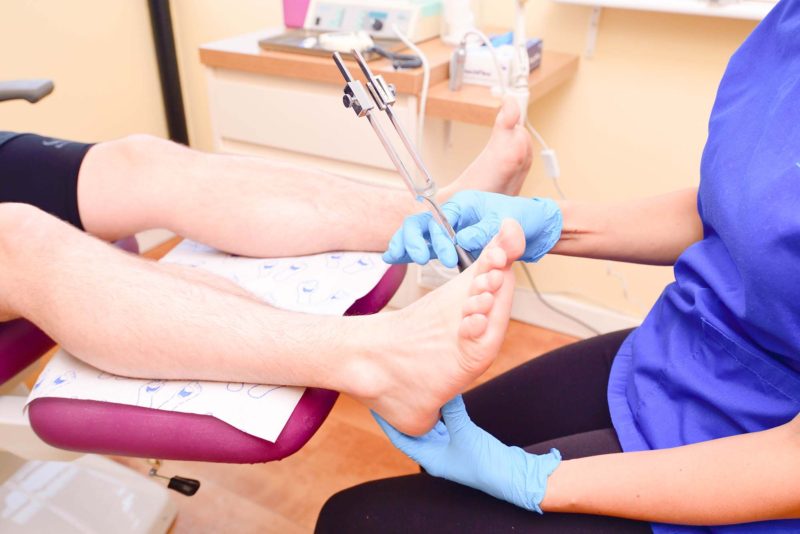A limb length discrepancy describes a condition in which one leg either is, or appears to be, longer than the other leg.
What is a limb length Discrepancy?
A limb length difference (LLD), or limb length discrepancy as it is also known, occurs when one leg either is, or appears to be longer than the other leg. A leg length difference is not un-common, in fact, most people will have one leg that is slightly longer than the other. For the majority of people, a limb length difference will go unnoticed, however, others will suffer from problems associated with the difference in length, such as knee pain, back pain, and foot pain, as well as other foot and lower limb problems.
A leg length difference can be either functional or structural. A functional leg length difference occurs when the actual length of the limbs is the same, however, the legs appear to be different lengths due to posture, for example, a scoliosis of the spine will create a functional leg length difference.
A structural leg length difference is when the limbs are anatomically different in length, this means that either one or all of the bones that form the leg (tibia) and thigh (femur) are longer on one side when compared to the other leg.
Our highly skilled and experienced podiatrists will undertake an assessment to determine the cause of your Leg length difference and treatment options will be discussed. If the discrepancy is functional our podiatrists may refer you to our chiropractic team for their professional opinion and treatment.
Signs and symptoms of a leg length difference
The signs and symptoms of a leg length difference may include:
- Back pain(most common)
- Knee pain
- Flank pain
- Plantar fasciitis
- Medial tibial stress syndrome
- Hip pain
- Achilles tendonitis
- Shoulder pain
- Foot pain
- Increased wear on one shoe
- Limp
- Asymmetric posture
How is a leg length difference diagnosed?
Our team of podiatrists will be able to assess you for limb length difference as part of a Bio-mechanical Assessment. The assessment will provide the information necessary for our podiatrists to form a diagnosis as to the cause of your leg length difference and the treatment most suitable for you.
Benefit of podiatry for a leg length difference
The benefit of podiatry assessment and treatment if you have a leg length difference is:
- Pain relief
- Reduced muscle tightness
- Improved muscle strength
- Improved mechanics
- Improved posture
- Return to activity
The benefits are achieved by improving the mechanics of the foot and lower limb, allowing the body to move efficiently and reducing the occurrence of compensatory mechanisms, which can lead to muscular weakness and tightness, pain and discomfort.
What would podiatry for a leg length difference involve?
Podiatry for a leg length difference would involve:
- Orthoses
- Heel raise
- Strengthening Exercises
- Stretching Exercises
- Advice and Education
- Footwear Review







